
ON CONCURRENCY THEORY
AUGUST 27 - 30, 2006
BONN, GERMANY

Bonn, briefly
(The following information is cited from wikipedia.)
Bonn is a city in Germany (Population (2004 est): 313,605 ; the 19th largest city in Germany), in the Bundesland of North Rhine-Westphalia, located about 20 kilometres south of Cologne on the river Rhine. It was the capital of West Germany from 1949 to 1990. From 1288 to 1803 it was the residence of the Archbishops and prince-electors of Cologne.
The history of the city dates back to Roman times. About 10 BC the Romans constructed a bridge across the Rhine close to a place called "Bonna". After the Roman defeat in the Battle of the Teutoburg Forest this small camp was enlarged to become a fort for 7000 legionnaires.
The fort became a town which remained after the Romans left. Between the 11th and 13th centuries, the Romanesque style Munster (cathedral) was built, and in 1597 it became the capital of the principality of Cologne. The town gained more influence and grew considerably. The elector Clemens August (ruled 1724-1761) ordered the construction of a series of Baroque buildings which still give the city its character. Another memorable ruler was Max Franz (ruled 1784-1794), who founded the university and the spa quarter of Bad Godesberg. In addition he was a patron of the young Ludwig van Beethoven, who was born in the city in 1770; the elector financed the composer's first journey to Vienna.
In 1794 the town was seized by French troops. It became a part of the Napoleonic Empire. In 1815 Bonn was taken by Prussia and remained a Prussian city until 1945. The town was of little relevance in these years.
Following World War II Bonn was in the British zone of occupation, and in 1949 became the capital of West Germany. The choice of Bonn was made due to the advocacy of Konrad Adenauer, who was from near Cologne.
The German reunification in 1990 made Berlin the nominal capital of Germany again. However, this decision did not necessarily imply that the republic's political institutions would also move. This was only concluded by the Bundestag (Germany's parliament) on June 20, 1991, after a heated debate. While the government and parliament moved, as a compromise, some of the ministries largely remained in Bonn, with only the top officials in Berlin. There was no plan to move these departments, and so Bonn remained a second, unofficial capital. Because of the necessary construction work, the move took several years (until 1999) to complete.
The University of Bonn, with ca. 30,000 students, is one of the biggest in Germany.
Sceneries in Bonn
- Bonn Poppelsdorfer Schloss: A magnificent avenue of chestnut trees connects the city castle with the pleasure palace Clemensruhe in Poppelsdorf, in which there is the “Mineralogisch-Petrologische Museum” today. The square building surrounds a round arcade court, in which classical concerts take place in summer.
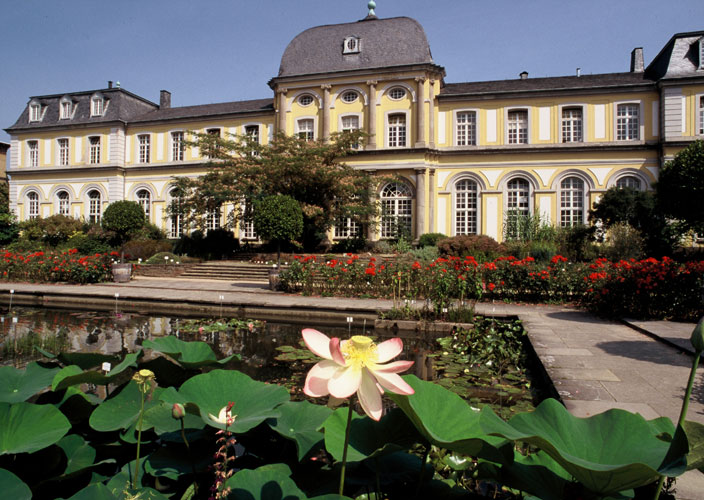
- Beethoven-Haus

- Bonn Townhall
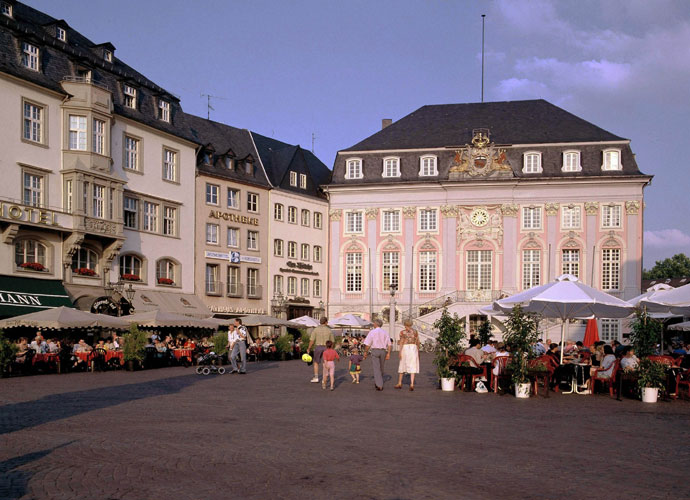
- The Rhine The Rhine runs through the center of Bonn.
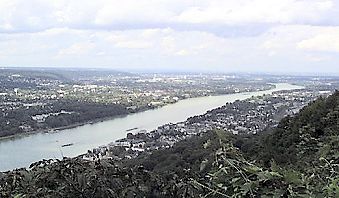
- Godesburg Godesburg Castle stands on the former site of a former Roman fortification, an isolated basalt peak above Bad Godesberg. The castle was founded in 1210 and enlarged in 1244 and 1340. It was often used as a summer residence and was bown up in1538. Since 1959 a hotel and a restaurant were intgrated in the ruin.

- Kommende Ramersdorf
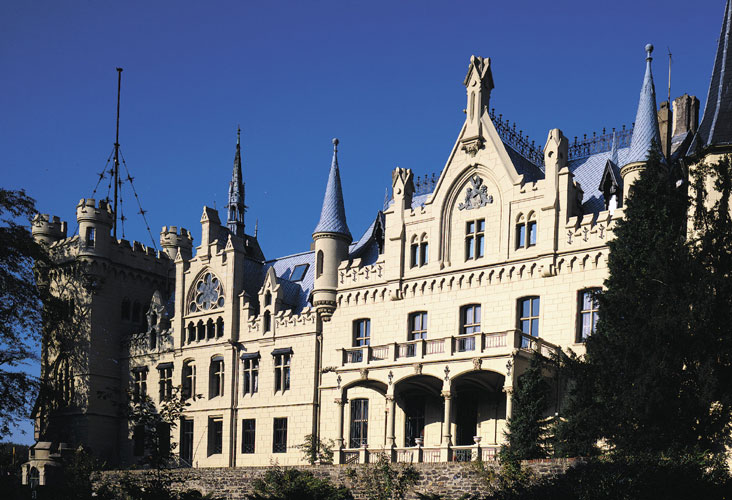
- Münsterkirche

- Rhine Siebengebirge
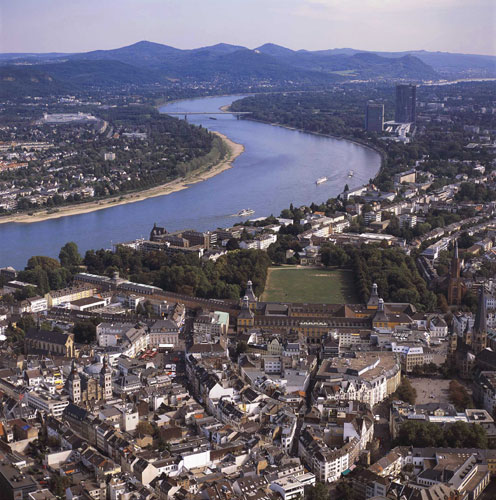
- Rhine City Lights Lights viewed on the Rhine at night.

- Plenarsaal The Plenarsaal is the Center of the former Federal Parliament Bonn. After reunification, the plenary assembly hall and the waterworks building in Bonn can now be booked for functions and conferences.
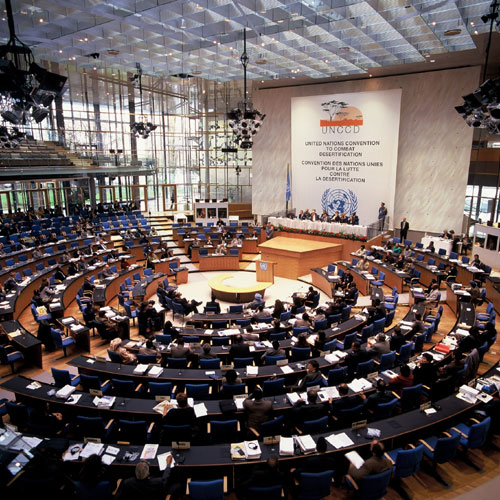
- Rhine Ship Opera A passenger ship floating down the Rhine captured in front of the Opera House.
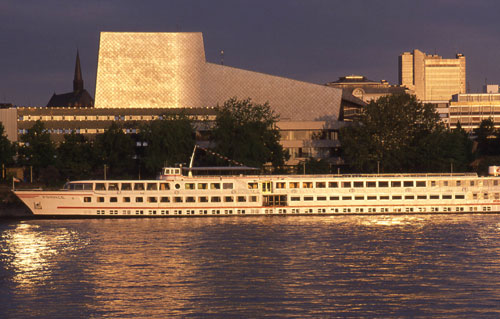
- The Kunstmuseum The Kunstmuseum Bonn built by Axel Schultes is the most important postwar museum construction in Germany, making it the culmination of the museum boom. The building is an architectural end-in-itself as well as a conservational shell. The edifice is as impressive as the collections; it makes high claims for itself, but also for the collections.
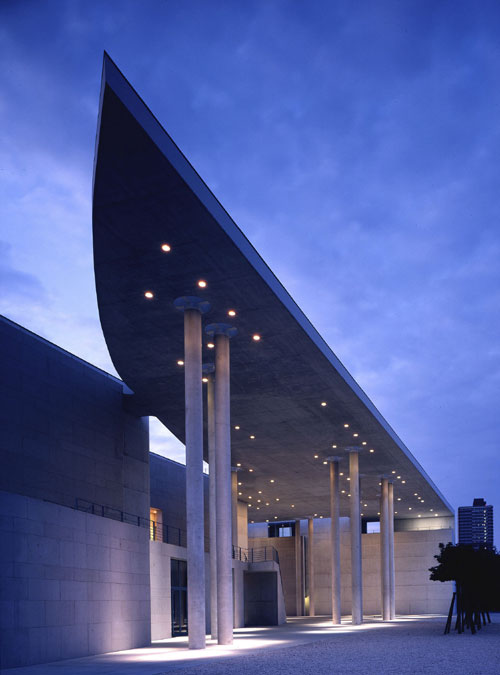
- The Post Tower The Post Tower is designed as a pair of towers connected on every floor through glass bridges. On every 9th floor there is a skygarden where the glass bridges span the entire width of the building forming individual 32 meter high atriums. It is the tallest building in North-Rhine-Westfalia.
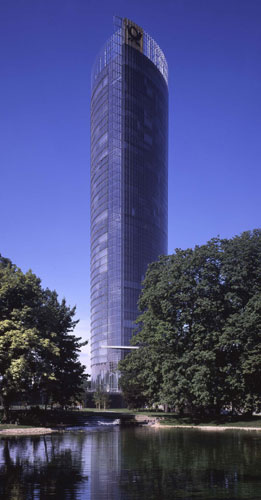
- University of Bonn Not many universities can boast to be housed in such a beautiful building as the Bonn University. This amazing Baroque palace was built for the Elector Joseph Klemens in 1607-1705. Enrico Zuccalle designed the palace. It was later extended after 1715 by Robert de Cotte. The university was founded in 1818. All events of the conference will be held in this building.
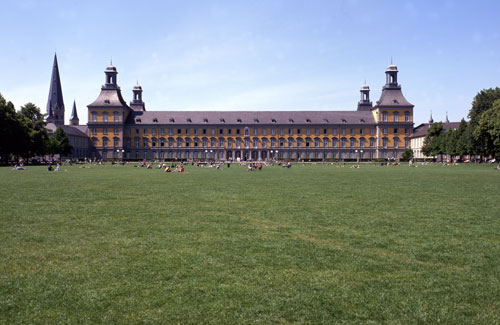
Notes: All images in this page are copyright of Michael Sondermann, (Presseamt der Bundesstadt Bonn)
- CONCUR 2006, Bonn, Germany -